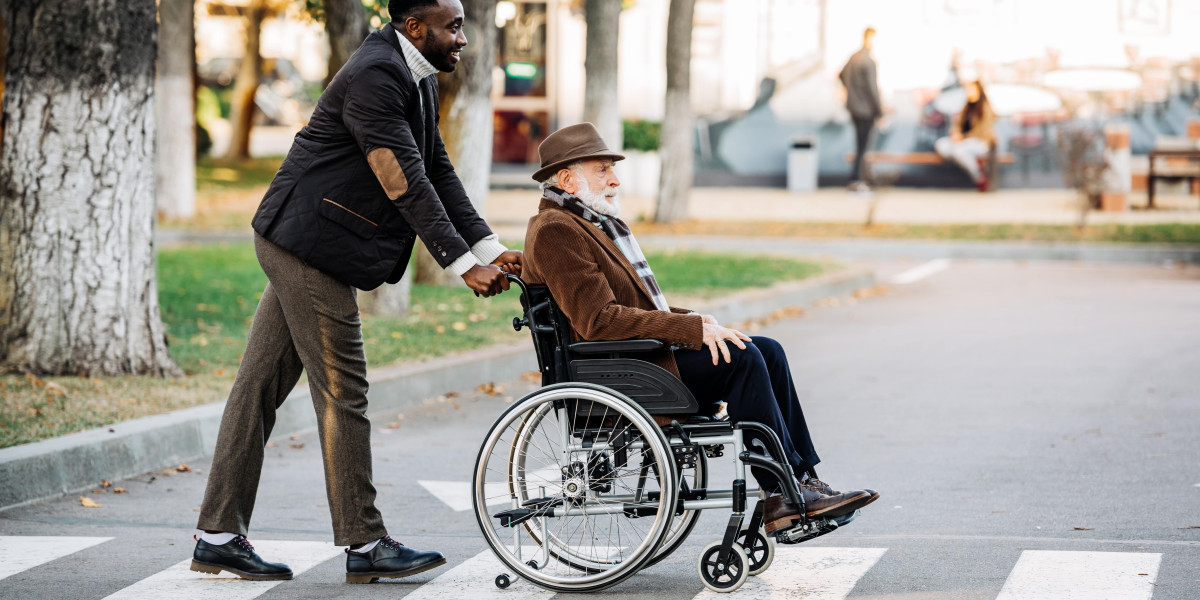Biohazards pose serious risks in many workplaces, from hospitals to research laboratories and waste management facilities. Ensuring biohazard safety measures are properly audited is vital to protect employees, the public, and the environment. If you work in a setting where biological hazards exist, understanding how to audit these safety practices thoroughly can save lives and prevent costly accidents.
In this article, we will walk you through the essential steps and considerations when auditing biohazard safety. Whether you’re a safety officer, compliance auditor, or just interested in workplace hazard management, this guide will give you practical, easy-to-understand advice. Plus, if you're considering professional safety training to deepen your knowledge, we'll briefly touch on how NEBOSH course fees in Pakistan relate to acquiring these skills.
Why Biohazard Safety Audits Are Crucial
Before diving into the audit process, it’s important to understand why auditing biohazard safety measures matters so much. Biological hazards include viruses, bacteria, fungi, and other microorganisms that can cause illness or injury. Workplaces that handle human blood, infectious agents, or contaminated waste must carefully manage these risks.
Imagine a small clinic where a used needle was accidentally left in a drawer. If proper safety measures aren’t audited regularly, such oversights can lead to needle-stick injuries, putting healthcare workers at risk of infections like HIV or hepatitis.
Conducting audits helps identify weaknesses in safety protocols, ensuring corrective actions are taken before accidents happen. It also keeps companies compliant with health and safety laws, avoiding legal consequences.
Step-by-Step Guide to Auditing Biohazard Safety Measures
Auditing biohazard safety is a structured process involving careful planning, inspection, and follow-up. Here’s a step-by-step breakdown:
1. Understand the Scope of the Audit
Before you begin, clearly define what areas and practices the audit will cover. Are you auditing a hospital laboratory? A waste disposal site? Or a research facility? Each environment has different biohazard risks and control measures.
Knowing your scope helps you prepare the right tools, checklists, and standards to follow.
2. Review Existing Policies and Procedures
Start by examining all current biohazard safety policies, protocols, and training records. This includes waste disposal methods, use of personal protective equipment (PPE), vaccination programs, and emergency response plans.
Are the policies up to date and compliant with local regulations and international standards? Are staff adequately trained and aware of these policies?
3. Conduct Physical Inspections
Walk through the workplace and inspect all areas where biological hazards could be present. Check for:
- Proper storage and labeling of biohazard materials
- Use and availability of PPE like gloves, masks, and gowns
- Cleanliness and disinfection routines
- Sharps disposal containers and protocols
- Signage indicating biohazard risks
During an audit at a local hospital, an inspector once found that biohazard signs were faded and not clearly visible, which posed a real risk of accidental exposure. Such small details make a big difference.
4. Interview Staff and Observe Practices
Talking with employees and observing how they handle biohazards provides insight beyond paperwork. Do staff follow protocols consistently? Are there shortcuts or unsafe behaviors?
One lab technician shared an anecdote about bypassing glove use during urgent tasks, which highlighted the need for refresher training. Interviews like these uncover hidden risks.
5. Check Records and Incident Reports
Review records of any past biohazard exposure incidents or near-misses. How were they handled? Were corrective actions implemented? Regular incident tracking is crucial for continuous improvement.
6. Evaluate Waste Management and Decontamination
Proper handling and disposal of biohazardous waste is critical. Make sure waste is segregated, stored, and disposed of according to regulations. Autoclaving and other decontamination methods should be validated and documented.
7. Assess Emergency Preparedness
In the event of accidental exposure or spill, effective emergency response can prevent harm. Verify that spill kits, first aid supplies, and eyewash stations are accessible and functional. Staff should be trained on emergency procedures.
8. Document Findings and Make Recommendations
Prepare a detailed audit report summarizing observations, non-compliances, and risks. Provide clear recommendations for corrective actions with realistic timelines.
Key Considerations During the Audit
Regulatory Compliance
Check that the workplace complies with relevant national laws and international guidelines, such as OSHA’s Bloodborne Pathogens Standard or the World Health Organization’s biosafety protocols.
Risk Assessment
Every workplace is unique, so a tailored risk assessment is necessary. Consider factors such as the types of biohazards present, the volume of materials handled, and employee exposure frequency.
Training and Competency
Regular training is fundamental. Auditors should verify that employees are not only trained initially but also receive ongoing refresher training. Competency assessments ensure that staff understand how to handle biohazards safely.
Equipment and Facility Design
Safety starts with the environment. Proper ventilation, negative pressure rooms, and safety cabinets can reduce airborne risks. Equipment like autoclaves and sharps containers must be regularly maintained.
Anecdote: Learning from a Near Miss
At a pharmaceutical research facility, a recent audit revealed that a newly hired employee was unaware of the correct procedure for handling contaminated pipette tips. Fortunately, a near miss occurred without injury, but it exposed a gap in onboarding training.
After this discovery, the facility revamped its training program and implemented peer observations to ensure compliance. This story underscores the importance of continuous auditing and training in biohazard safety.
Benefits of a Thorough Biohazard Safety Audit
- Protects health and safety of employees and the community
- Ensures regulatory compliance and avoids fines
- Identifies weaknesses and helps prioritize improvements
- Builds a safety culture that reduces accidents and exposure risks
- Improves operational efficiency by streamlining safety protocols
Read More: Understanding NEBOSH IGC Course in Pakistan
If you’re interested in mastering workplace hazard management, including biohazard safety audits, consider exploring the NEBOSH IGC course in Pakistan. This course covers essential topics such as risk assessment, hazard control, and compliance — all crucial for effective audits.
Final Thoughts: Auditing Biohazard Safety With Confidence
Performing a thorough audit of biohazard safety measures is no small task, but it’s essential for creating a safe work environment. By following a systematic approach — from reviewing policies to physical inspections, interviewing staff, and checking emergency preparedness — you can identify risks before they become incidents.
Don’t underestimate the power of training and professional development. Investing in quality safety courses can sharpen your auditing skills and boost your career. Whether you’re an auditor, safety officer, or manager, the insights you gain will help you lead safer, healthier workplaces.



